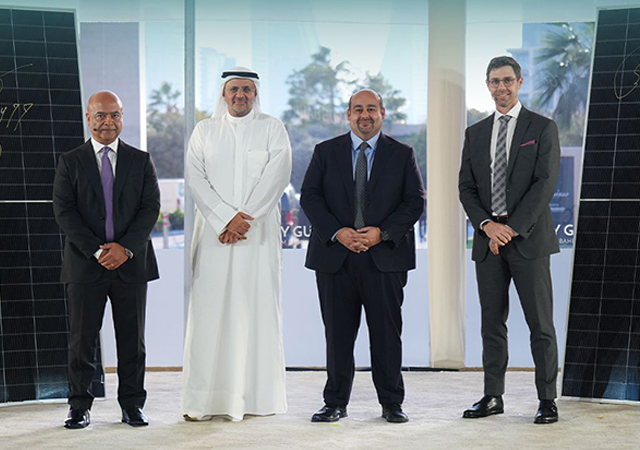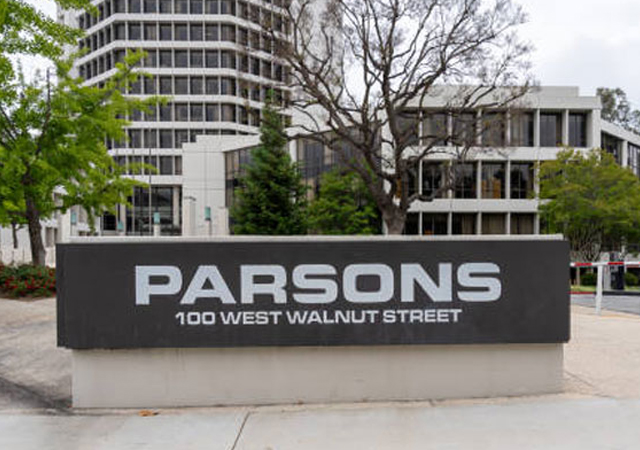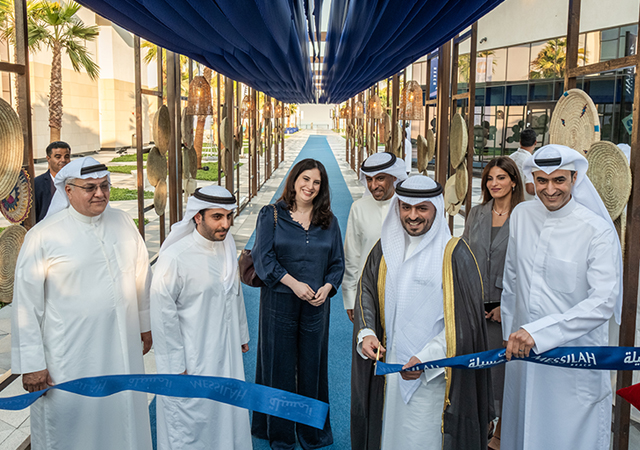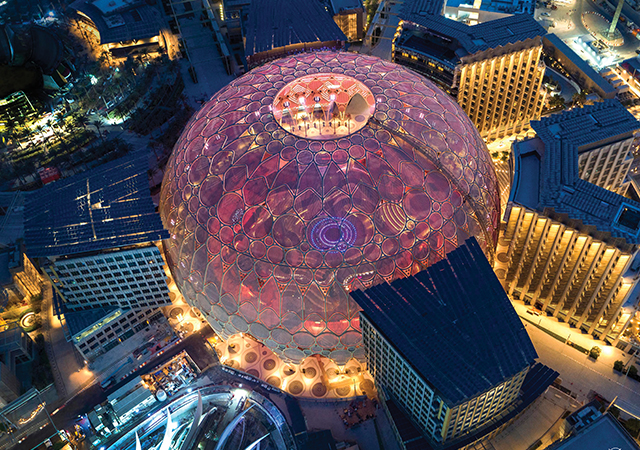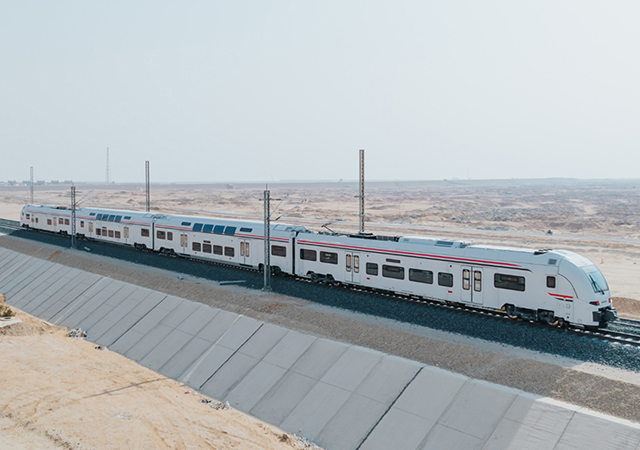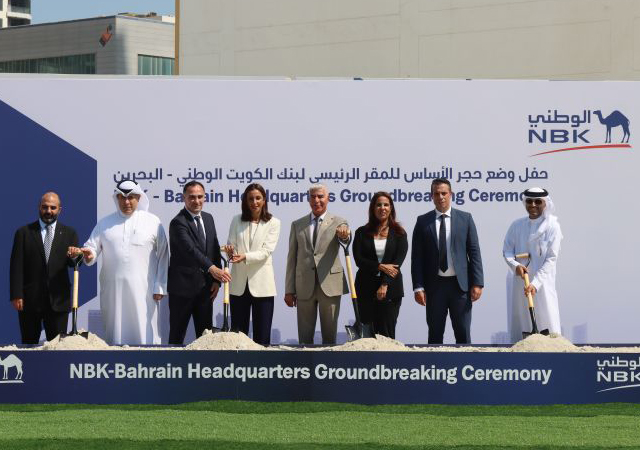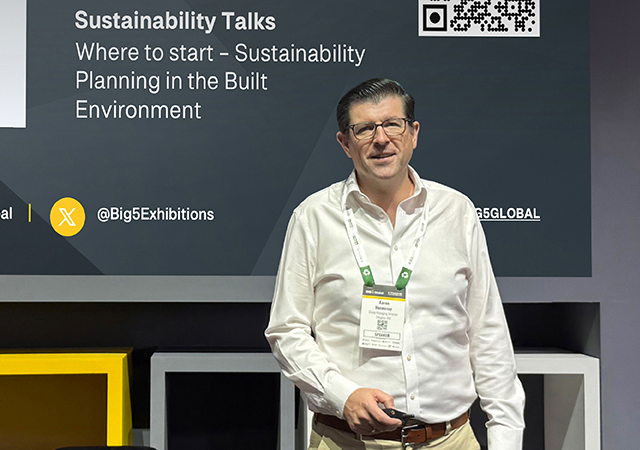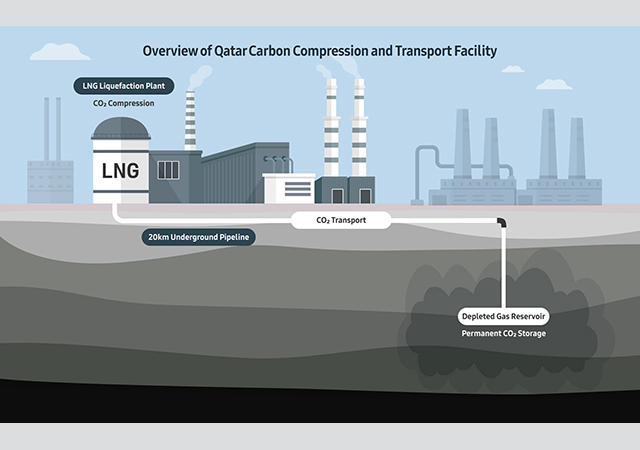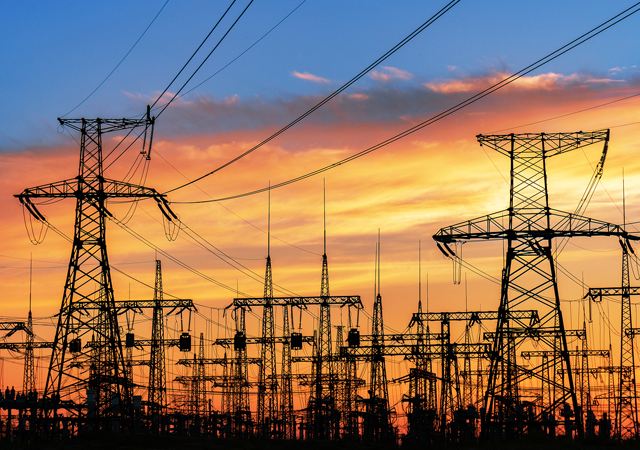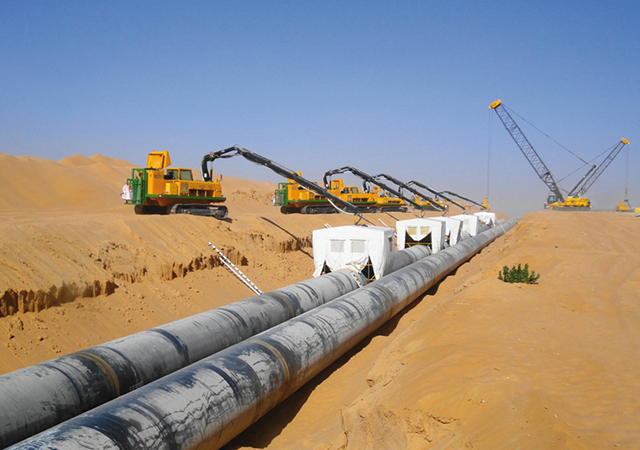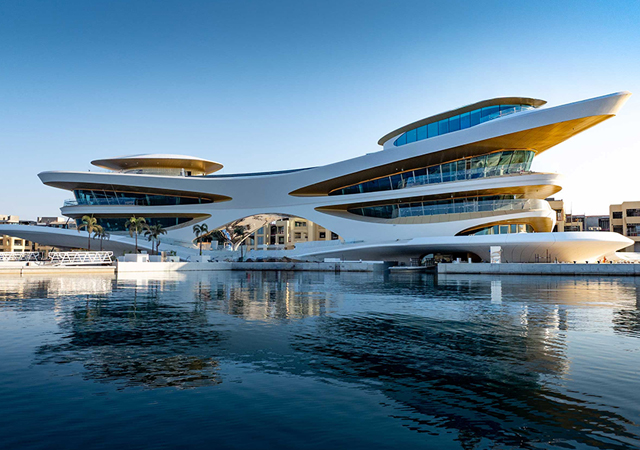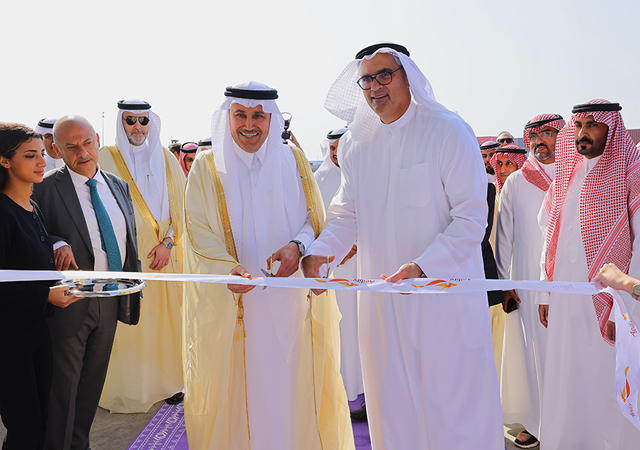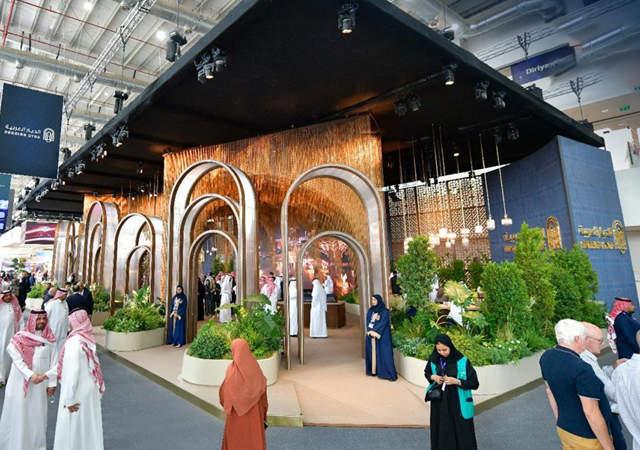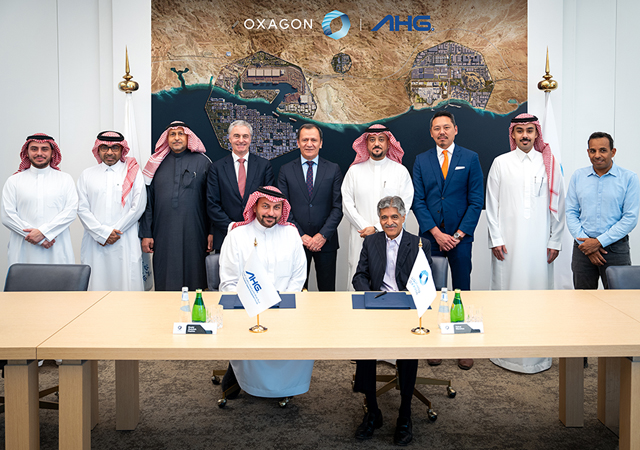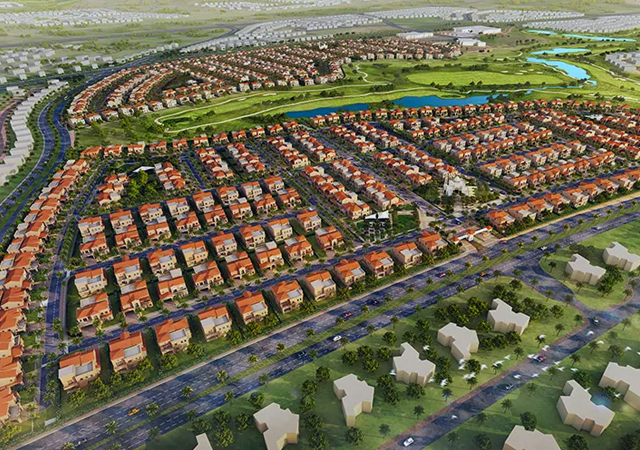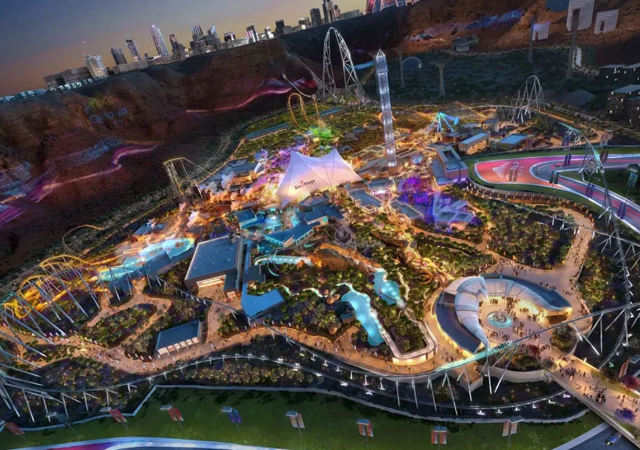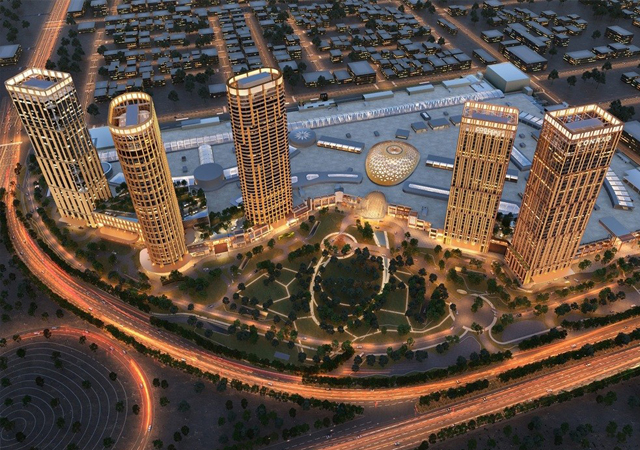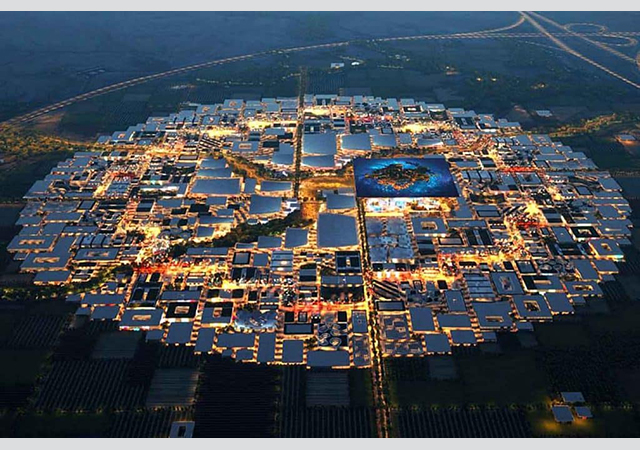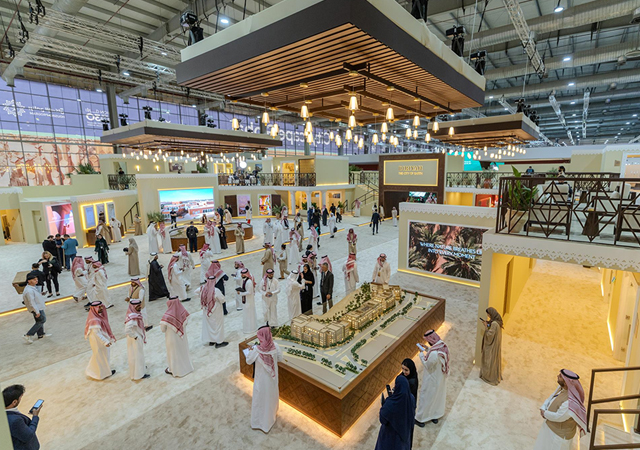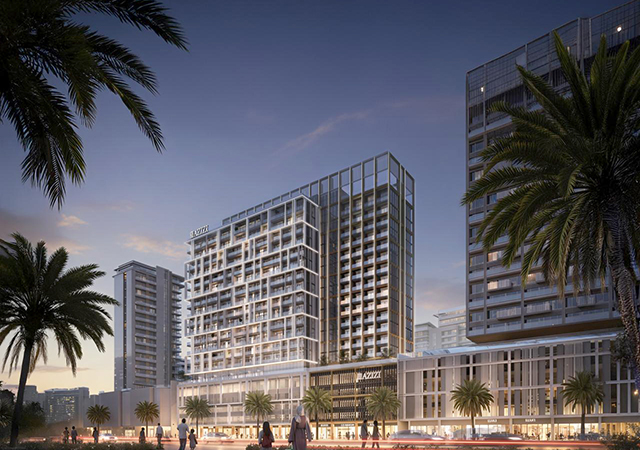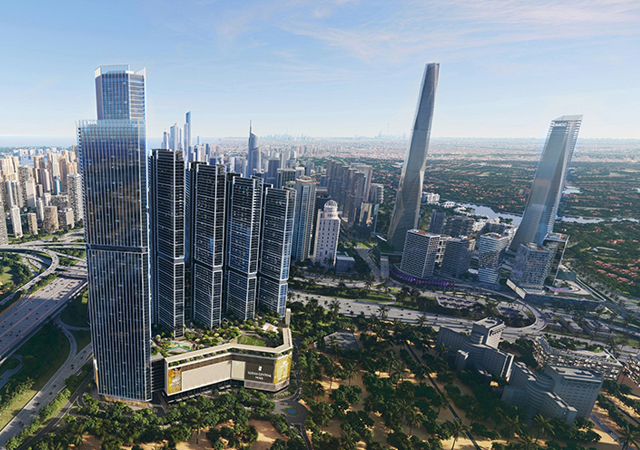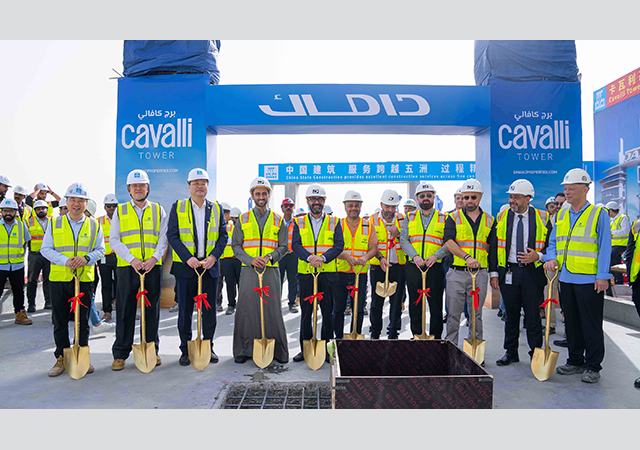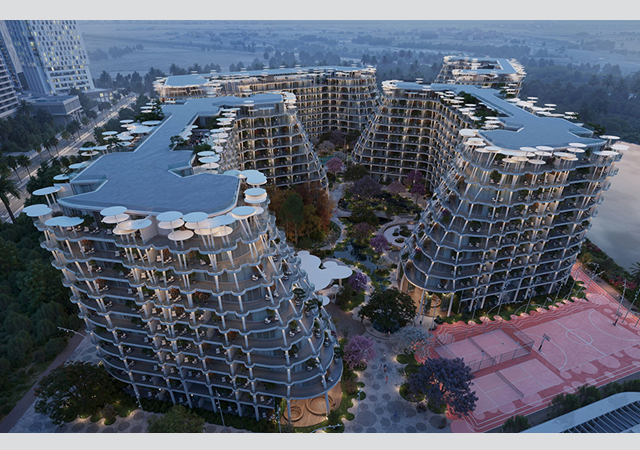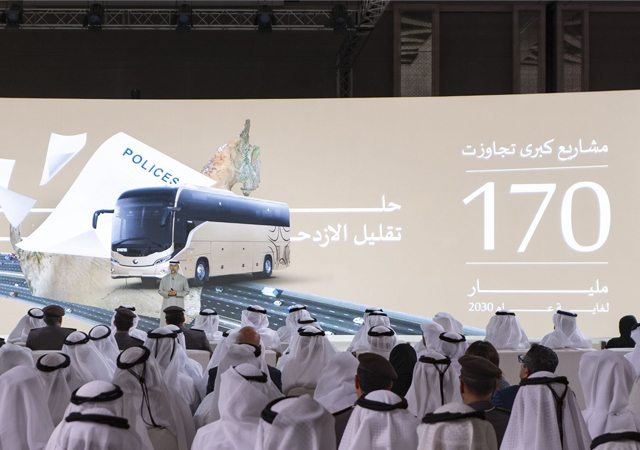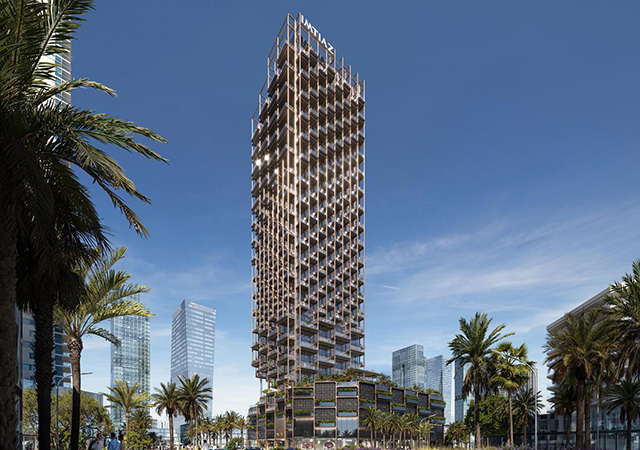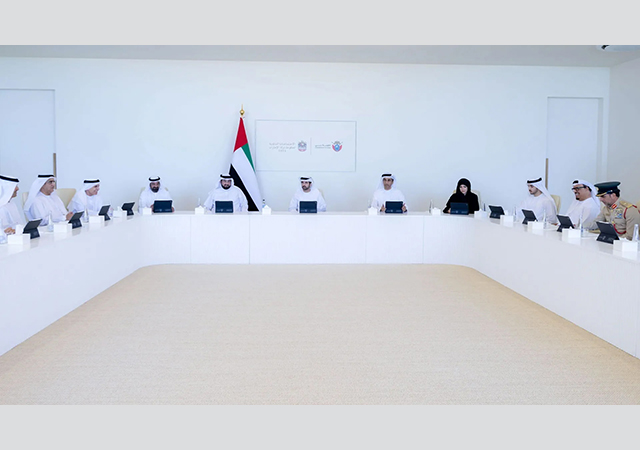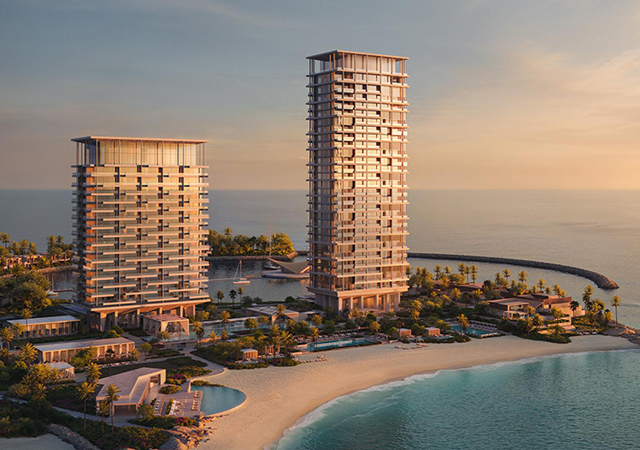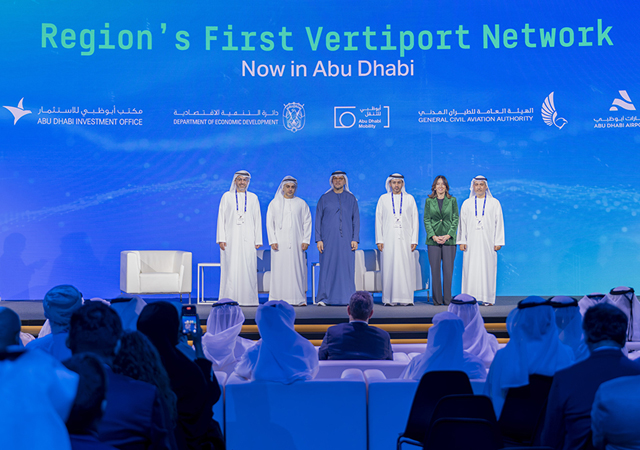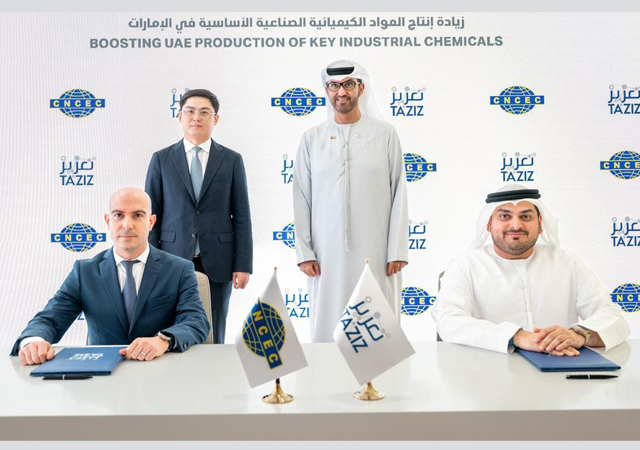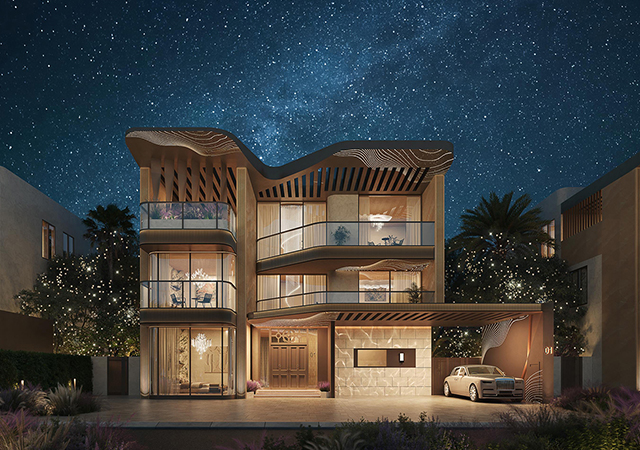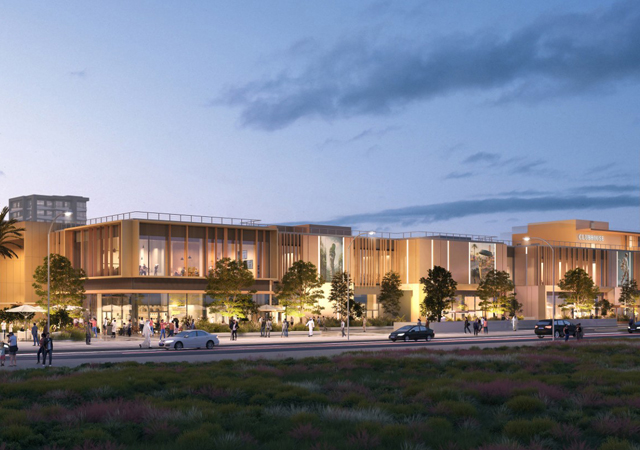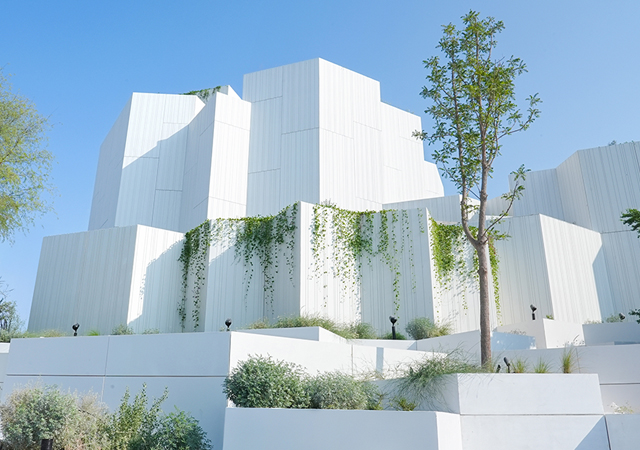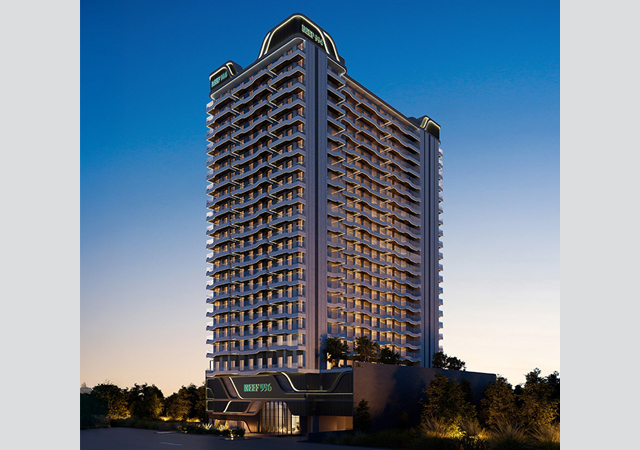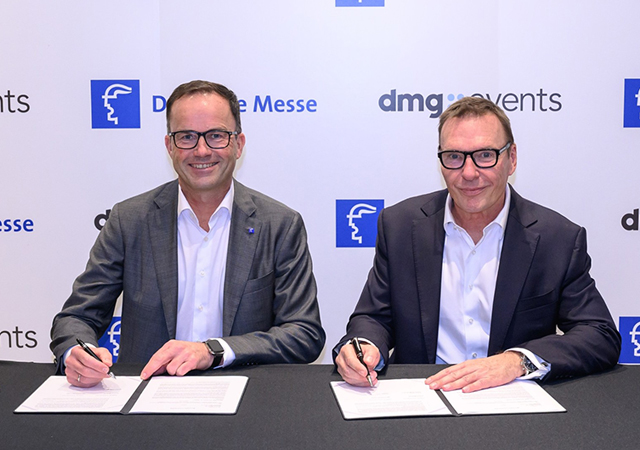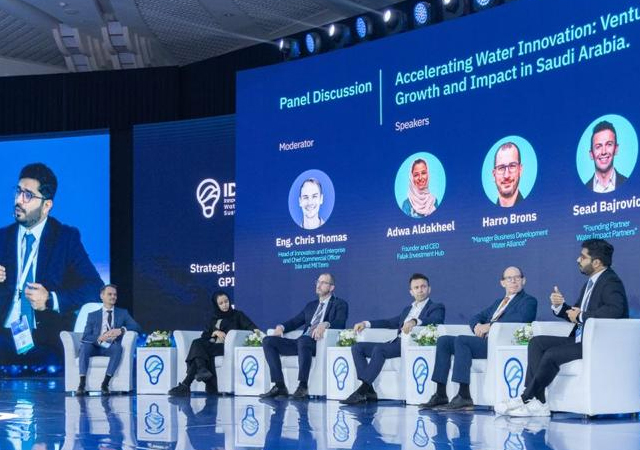
 The new link between Muharraq and Manama.
The new link between Muharraq and Manama.
The landmark Shaikh Khalifa Bin Salman Causeway – constructed at a total cost of BD30 million-plus ($80 million) – was completed late last year and was officially inaugurated last month.
First launched in 1996, the project has been designed to provide a new strategic highway link connecting the King Fahad Causeway to the new port and industrial area situated in Hidd and to accommodate new electricity transmission cables from the new power plant at Hidd to Manama.
The project entailed the construction of a causeway, marine bridge and the associated roadworks to provide a direct highway connection between Mina Salman and Hidd, crossing the Khawr Al Qulayah bay.
To carry out the project, the Roads Directorate set up a special dedicated project team – which has now developed into the Special Projects Department that project manages all major roads and bridgeworks schemes for the ministry, according to Waleed Yousif Al Saie, acting director of Roads Projects and Maintenance Directorate.
This project comprised three major elements, namely the reclamation of the approach causeways, the construction of the marine bridge followed by the roadworks to provide the new arterial traffic link between Manama and Muharraq.
Reclamation and rock armouring works: The required causeway works included a 3-km section on the Hidd side commencing from the Drydock Highway running westwards into the sea together with a 1 km section from the existing landfall at the Mina Salman Port eastwards into the sea. The reclamation was initially designed in-house by the project team and subsequently refined in collaboration with the appointed dredging contractor Boskalis Westminster Limited, which provided a totally engineered solution, says Al Saie.
The outer rock bunds of the causeway structure were placed in the sea where its depth was 9 m at the bridge location, requiring the use of sea-going vessels and equipment that were used for the first time in Bahrain. The rock was obtained from the government quarry and brought to site after careful selection by the project team. The infill to the causeway required the dredging of approximately 4 million cu m of sand from the deep approach channel to the Mina Salman Port.
The first phase of the project also included the construction of road embankment to reach the proposed height of the marine bridge. The timely completion of the causeway allowed the Ministry of Electricity and Water to install Phase 1 of the transmission cables from the new power plant, which comprised two 220 kV circuits.
The causeway works were constructed in two stages and was completed within 24 months in 2001 within the allocated budget of BD18 million.
Marine Bridge: With the completion of the causeway, the remaining 400 m gap was to be closed with a bridge in order to maintain the navigation channel. Hyder Consulting Limited, appointed to design and supervise the construction of the marine bridge, drew up the concept design for the bridge, comprising a main navigation span of 120 m and three approach spans of approximately 46 m on each side. The bridge height clearance was set at 15.4 m to accommodate shipping.
The bridge has a bow-string arch for the main span with a height of 28 m above deck and 46 m above the sea. "The bridge width was set at 41 m to accommodate a dual three-lane carriageway and two service corridors," says Al Saie. "Close liaison with the utility agencies provided acceptable corridors to accommodate a number of electricity and water transmission mains across the bridge. The electricity circuits were placed in troughs with precast concrete covers which also provided the pedestrian walkway on both sides of the bridge."
The local Haji Hassan Group in joint venture with Belgian construction company Six Construct undertook the BD14.4 million contract with a construction period of 27 months. The reinforced concrete element of the bridge included 180 1,200-mm-diameter piles, six pile caps and piers together with abutments constructed on bank seats. The durability of the concrete structures has been accommodated in the design by the use of PFA (pulverised fuel ash) concrete, increased cover to reinforcement and a cathodic prevention system.
The structural steelwork element of the works was fabricated in Jebel Ali, UAE by Cleveland Bridge with the main span section being floated to Bahrain on a barge. It was hoisted into position in one piece by strand jacking and welded to the supports previously erected.
The works were successfully completed three months ahead of schedule with a saving of BD775,000.
Roadworks: The roadworks element comprising 6.4 km of dual three-lane highway was designed and supervised in-house by the project team.
Prior to carrying out the roadworks for the section from the marine bridge to Mina Salman Port gate, a BD1.68 million accommodation works contract was awarded to Bokhowa Construction in March 2003 to clear a corridor through the operational Mina Salman port to accommodate the new road and the installation of new electricity and water transmission mains from the Hidd power plant. This service corridors were completed in time for the commissioning of two further 220 kV electricity circuits in March 2004.
“The complex accommodation works contract required the removal of buildings and all underground services within the port area covering a length of 2 km and a road corridor width of 80 m. The contract, including critical demolition works and the relocation of the port entrance, was completed last August,” says Al Saie.
The roadworks element of the project, consisting of 6.4 km of a dual three-lane highway from Hidd to Mina Salman, was undertaken under three separate contracts – totalling BD6 million – undertaken by Haji Hassan Group, Down Town Construction and Hafeera Contracting, respectively.
All three contractors completed their works on time and budget, resulting in the causeway being opened to traffic in December.



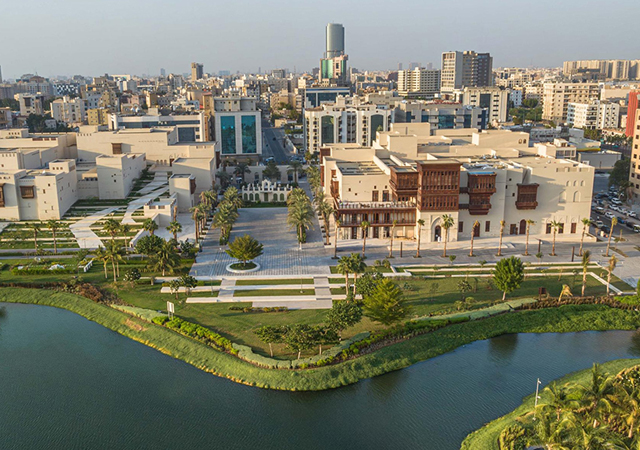
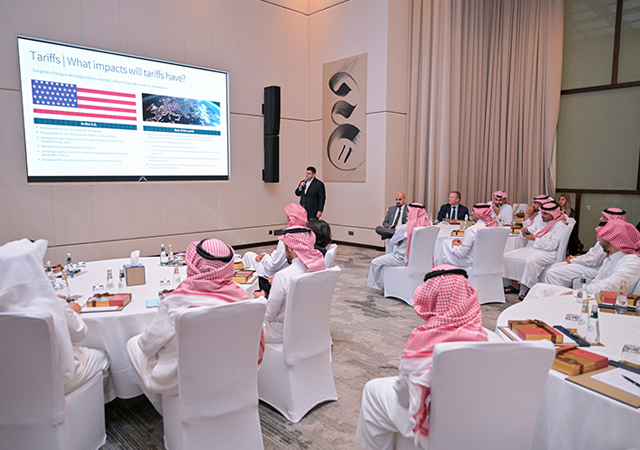
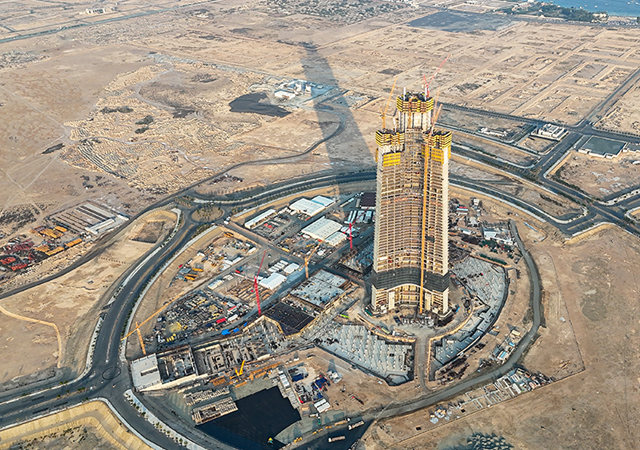
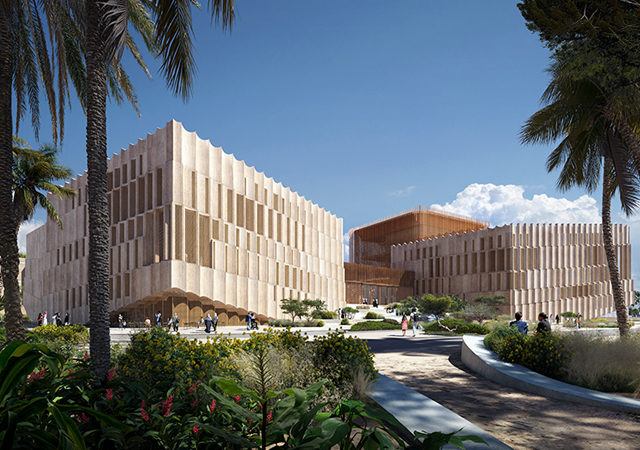
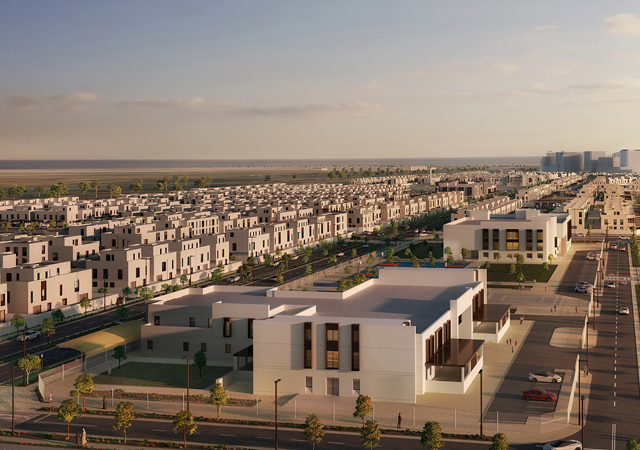
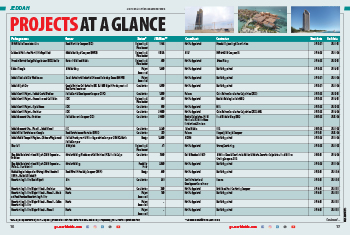
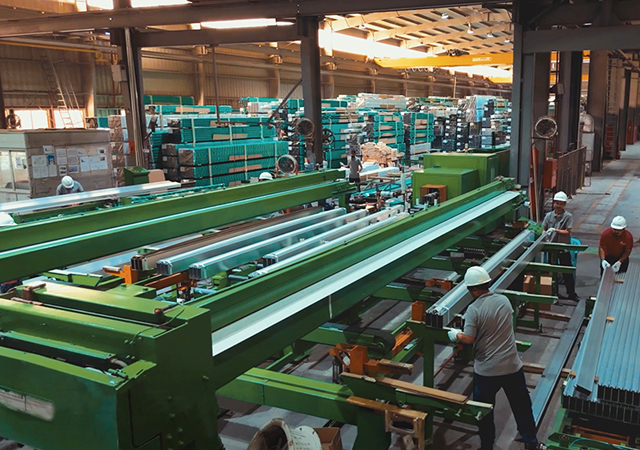

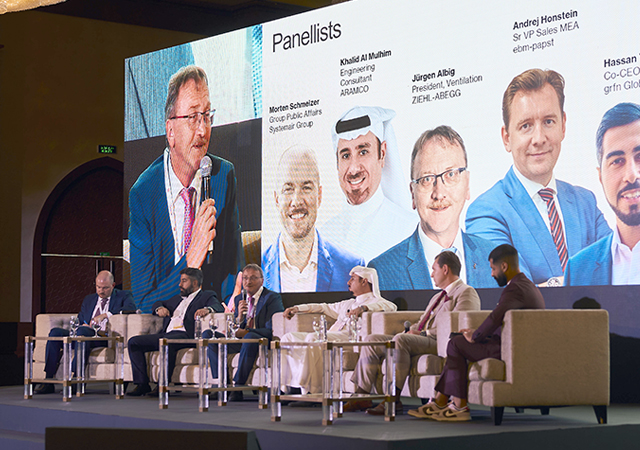
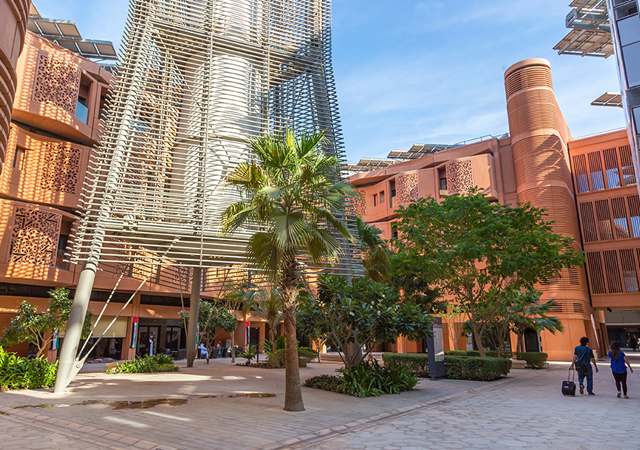
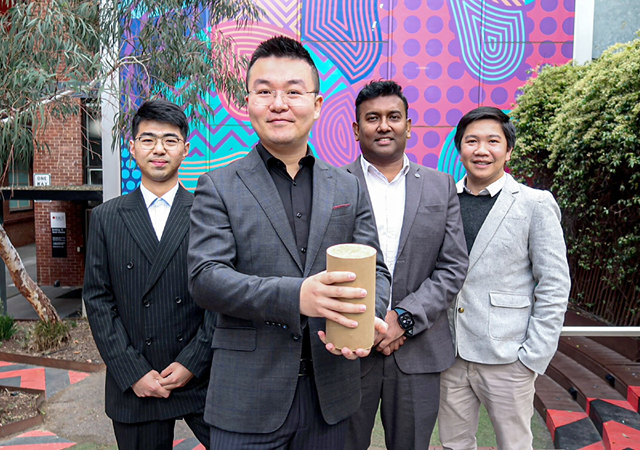
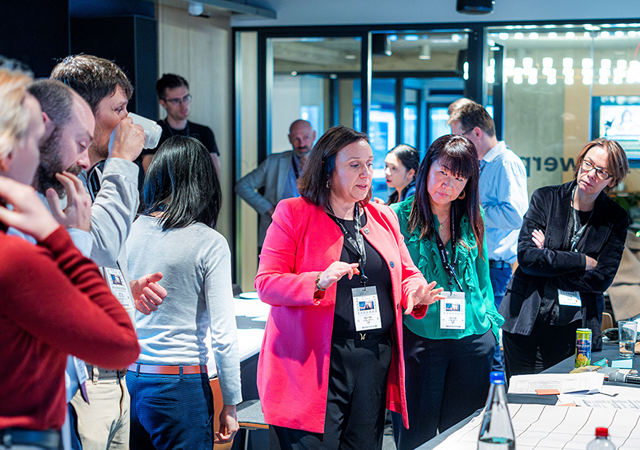
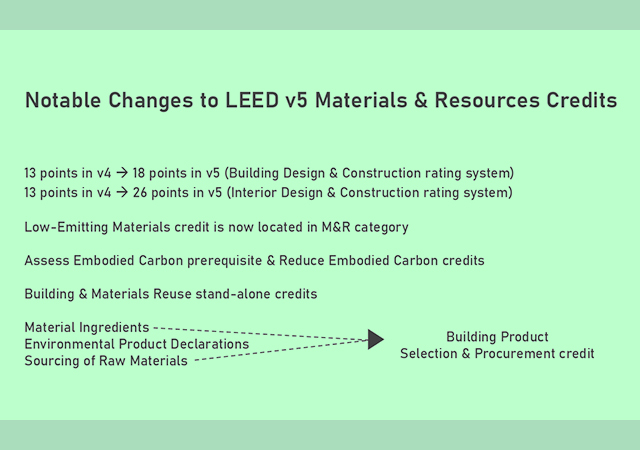
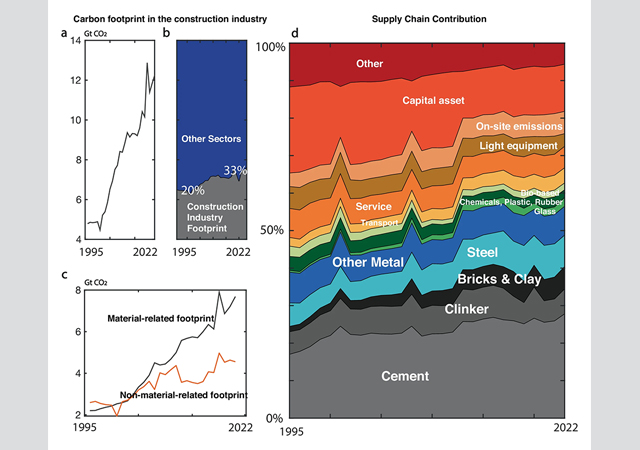
.jpg)
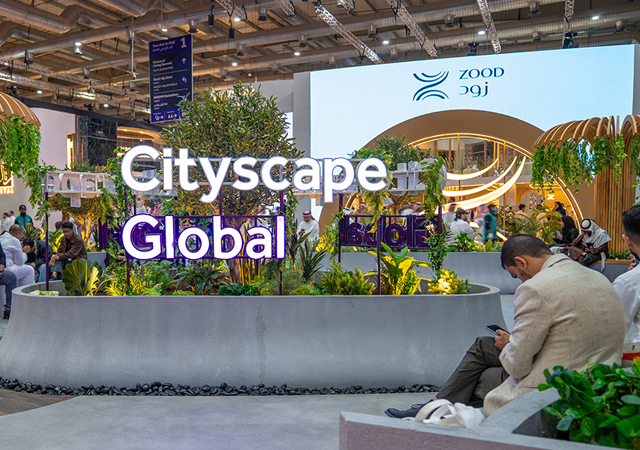
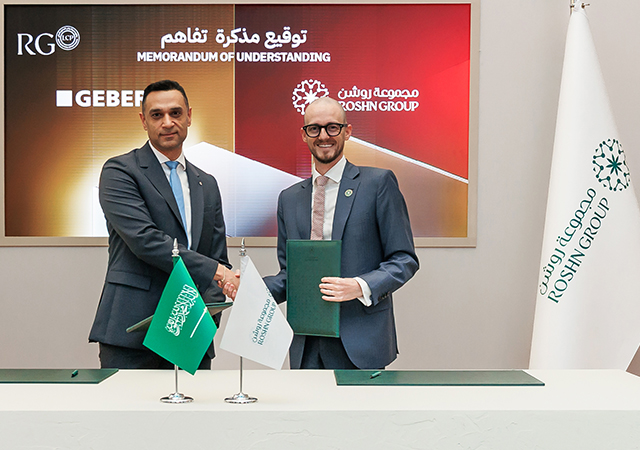
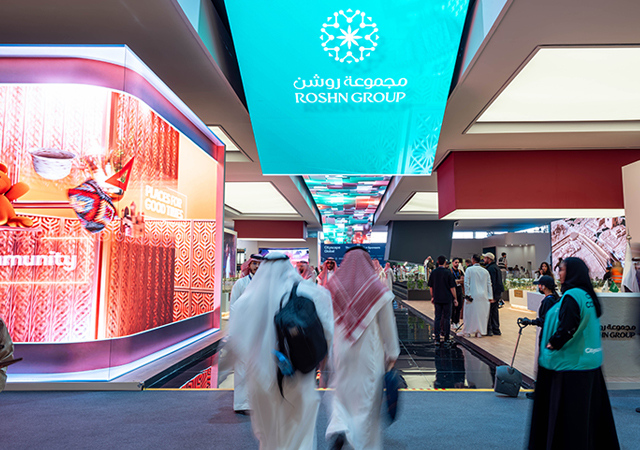

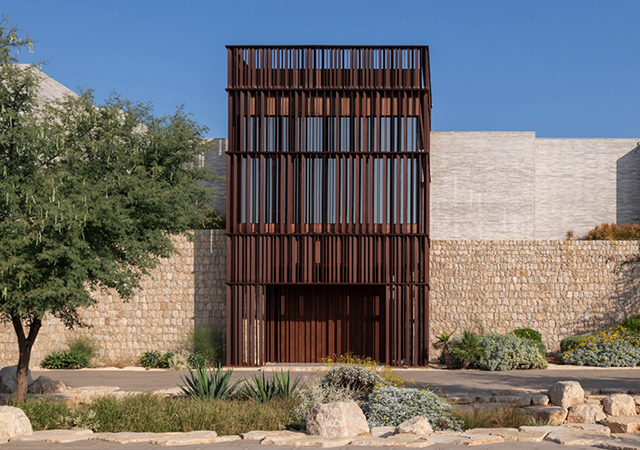
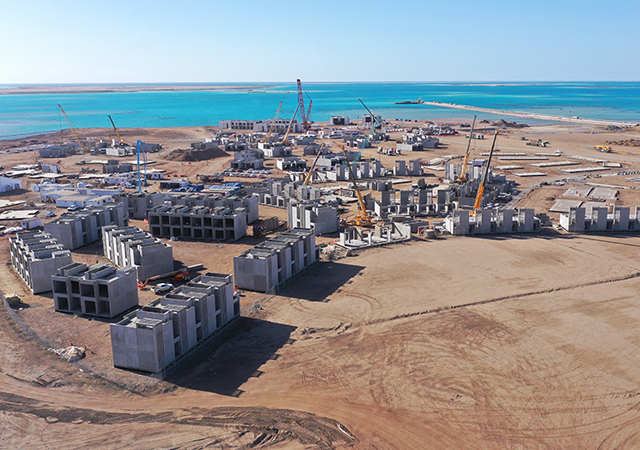
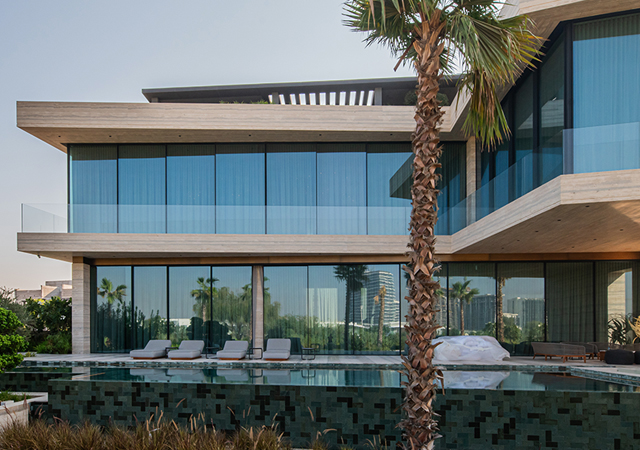

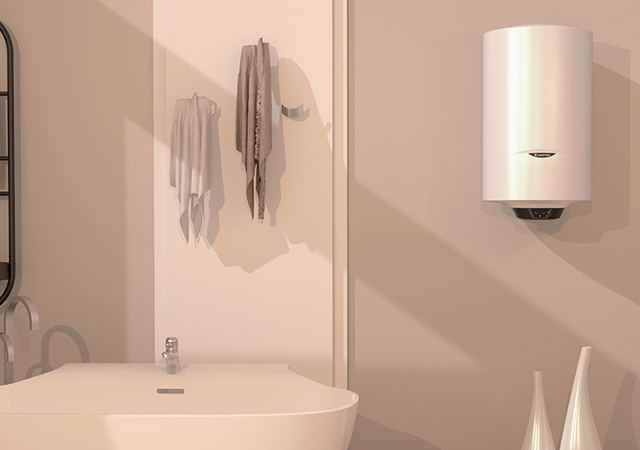
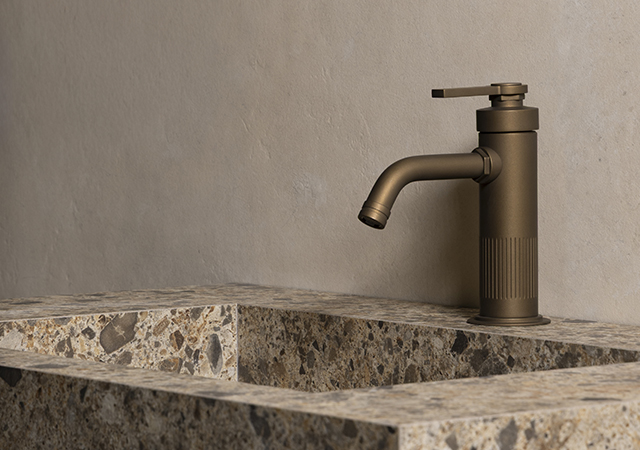

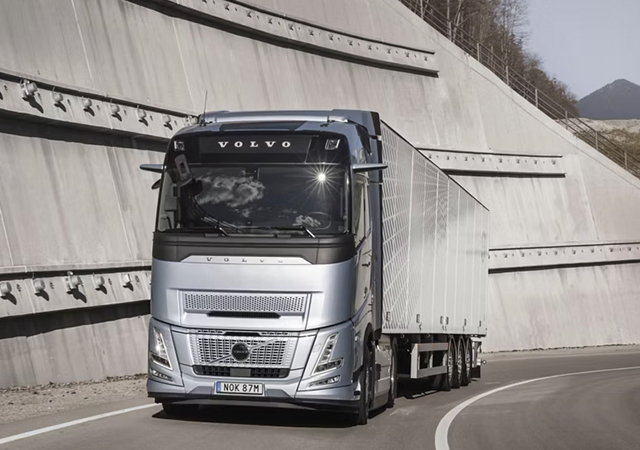
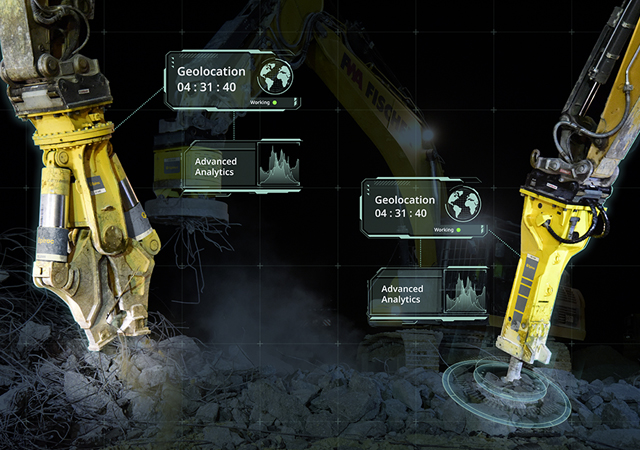
 (1).jpg)

